In the whirlwind of seventeenth-century European politics, Catherine of Braganza, a Portuguese princess, became the queen consort of England, Scotland, and Ireland through her marriage to Charles II of England. Her life may not have been prolific in terms of heirs or glamor in the conventional sense, but her influence, while her legacy may not have seemed destined for longevity, her actions had ripple effects in unexpected ways that still endure today. Here are 14 remarkable facts about Queen Catherine that reveal the complexity of her character, the challenges she faced, and the lasting impression she left behind.
1. She was born into the powerful royal Braganza family of Portugal.
Catherine was born on November 25, 1638, at the Ducal Palace of Vila Viçosa in Portugal. She was the daughter of John IV of Portugal, who became the first king of the House of Braganza, and his wife Luisa de Guzmán. Her early life was set against the backdrop of Portuguese independence from Spanish rule, a time of national renewal for her homeland.
2. She spent her childhood in seclusion and strict religious study.
Catherine’s upbringing was characterized by seclusion and religious instruction. She spent much of her youth in the vicinity of a convent near her family’s palace, under the close supervision of her mother. Contemporary accounts remark that she “hardly had been ten times out of the palace in her life.” This sheltered upbringing shaped her quiet, pious character and set her apart at the more flamboyant English court she would later join.
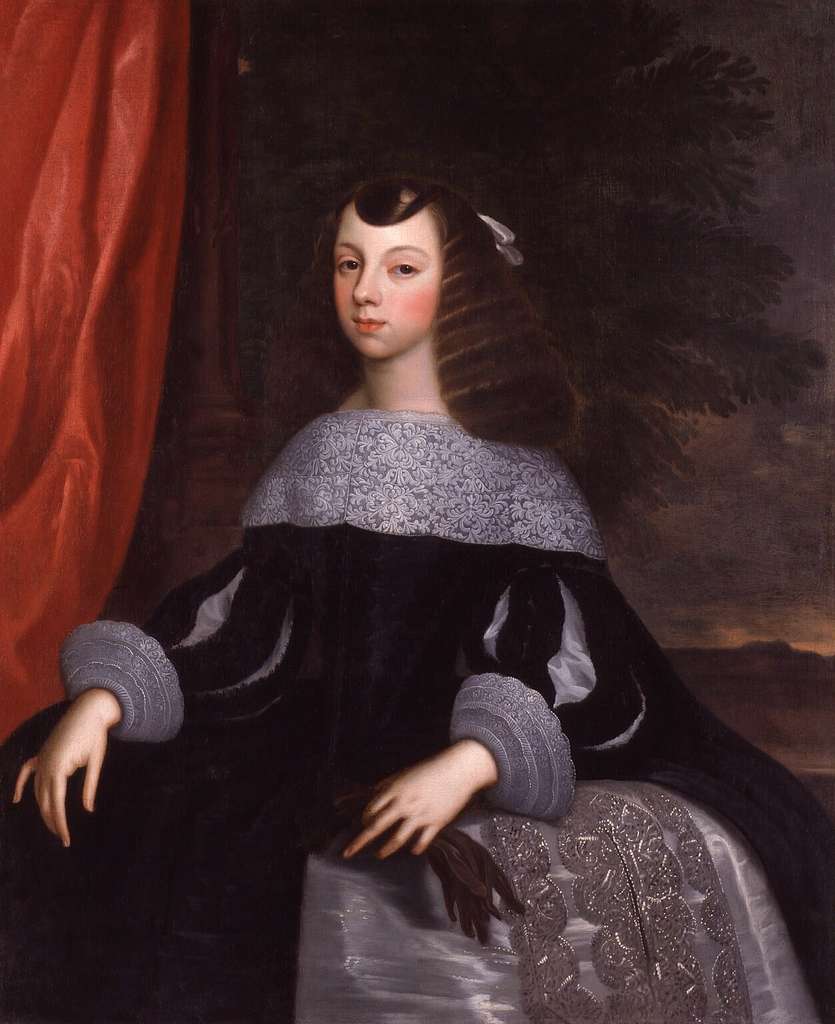
3. Her marriage to Charles II was a diplomatic alliance between two kingdoms.
Her marriage to Charles II in 1662 is often touted as a strategic alliance between Portugal and England. The marriage contract brought England valuable trading privileges and territorial concessions including the port cities of Tangier and the Seven Islands of Bombay. The union thus strengthened both dynastic ties in addition to commercial and imperial ones.
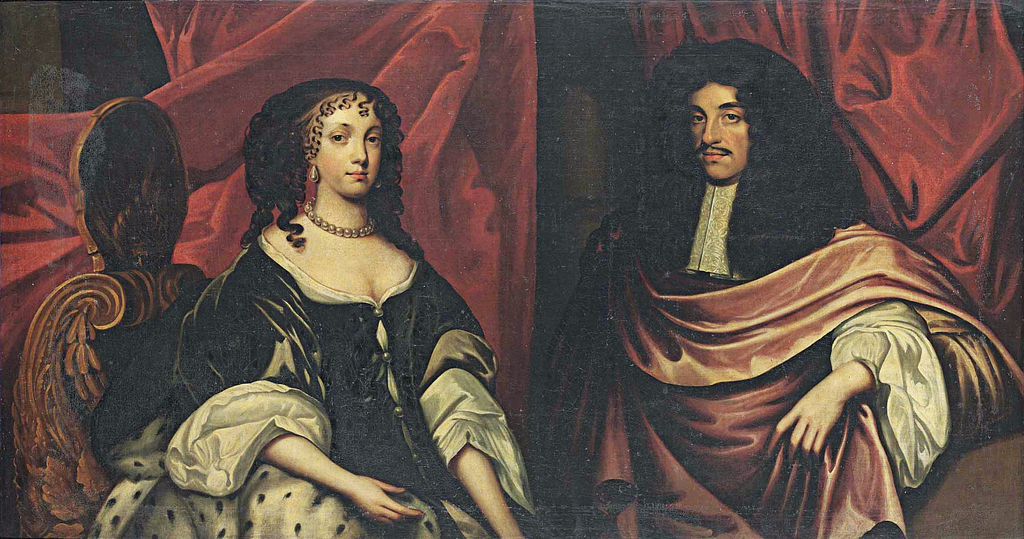
4. She became Queen Consort of England, Scotland, and Ireland at just 23 years old.
Upon marrying Charles II on May 21, 1662, Catherine became Queen Consort of England, Scotland, and Ireland and held that status until the King’s death on February 6, 1685. Even though she was married into one of Europe’s most visible courts, her foreign birth, Catholic faith, and reserved manner made her somewhat of an outsider in the English court.
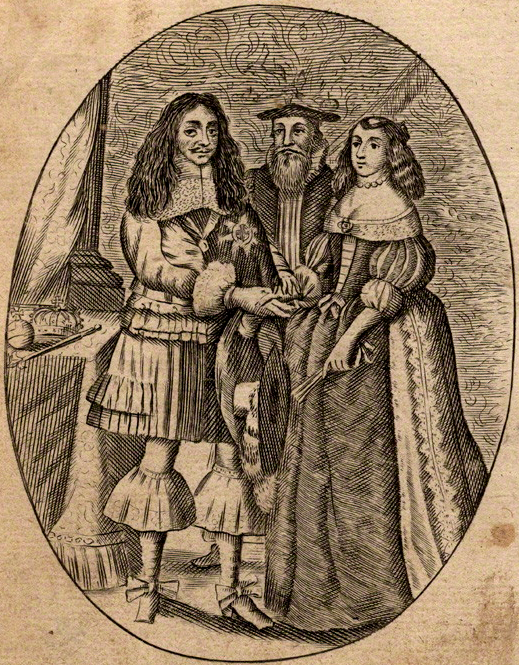
5. She suffered multiple miscarriages and never had surviving children.
Perhaps one of the most personally tragic aspects of Catherine’s life was that she and Charles did not produce surviving children. She suffered three miscarriages, and though her husband fathered many illegitimate children by his mistresses, none by Catherine survived to claim royal legitimacy. Her childlessness became a political issue since producing an heir was regarded as one of the essential duties of a queen consort.
6. She stayed true to her Catholic faith despite widespread hostility.
Catherine remained steadfast in her Roman Catholic faith, which in largely Anglican England made her unpopular. Her religion meant she could not participate fully in some ceremonies, and she was also targeted during the infamous Popish Plot investigations, when false accusations were made that she had conspired to poison the king. Her faith thus shaped much of her experience at the English court and influenced how the public and courtiers perceived her.
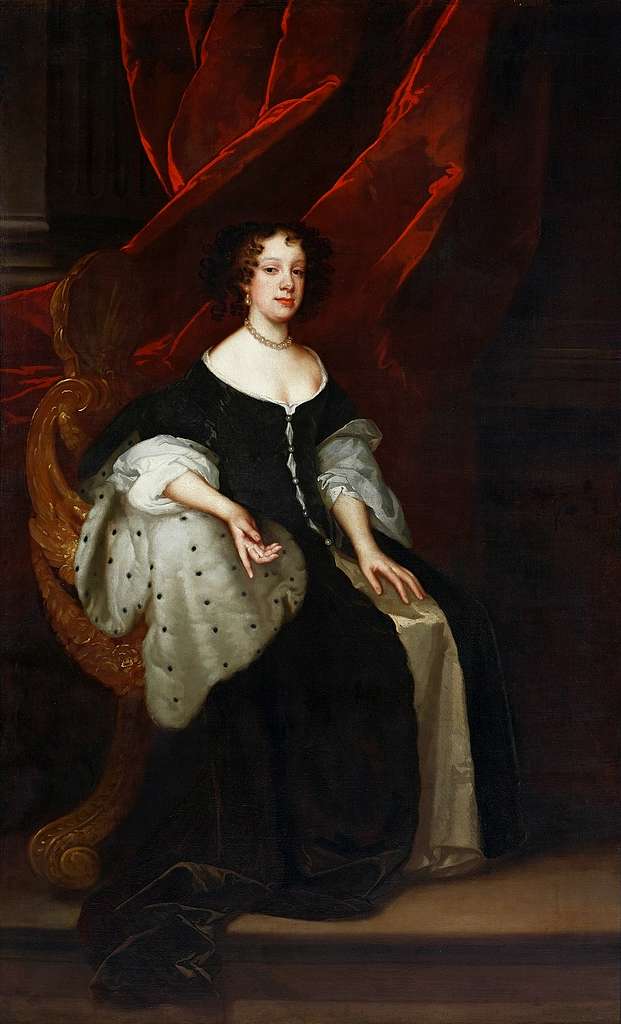
7. She introduced new food and fashion to the English court.
Though she was initially criticized for her old-fashioned Portuguese dress and manner, she gradually introduced new tastes to the English court. She imported food and fashion from her native Portugal and her dowry territories. For example, marmalade is often connected to her circle because the Portuguese quince preserve, called “marmelo,” found its way into English kitchens. She helped broaden the culinary and cultural horizons of London high society.
8. She helped make tea drinking fashionable across England.
One of Catherine’s most enduring legacies is the claim that she popularized tea-drinking in England. At the time, tea was exotic and not widely consumed in English society. Catherine’s preference for it and its acceptability at her court helped change that. The diarist Samuel Pepys wrote of seeing “my wife making of tea” in June 1667, a passage interpreted as showing tea becoming part of court life. By choosing tea rather than the heavier alcoholic beverages common in court circles, Catherine introduced a cultural shift. Over time, tea came to be associated with English identity, ritual, and sophistication, thanks in part to her example.
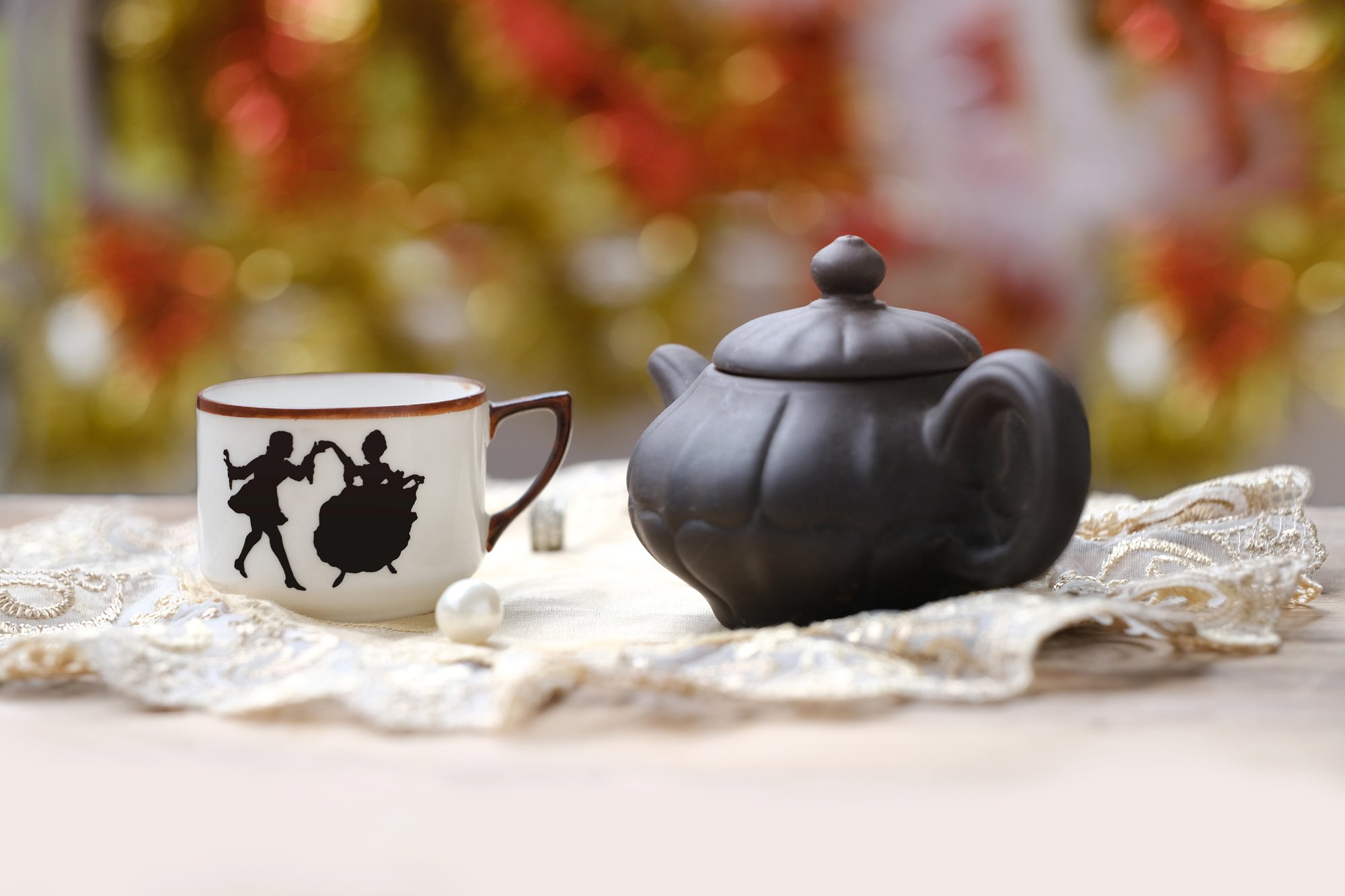
9. Her dowry included lands that changed the course of empires.
Catherine’s marriage settled not only a personal bond but also territorial and imperial matters. Her dowry included the port of Tangier in North Africa and the Seven Islands of Bombay in India. Later, Bombay was leased by Charles II to the East India Company, an event that contributed to the expansion of British influence in India. The territories thus had far-reaching consequences beyond the union itself.
10. She was falsely accused of treason and survived dangerous political intrigue.
Despite her reserved nature, Catherine was embroiled in the court intrigues of her era. In 1678, those who opposed her and her Catholic connections accused her of high treason and plotting to poison the king, though those charges were soon discredited. This turbulent climate reflected the tension between political, religious, and dynastic struggles of the time and placed Catherine in a precarious position at court.
11. She returned to Portugal and served as regent later in life.
After Charles II’s death and several years in England, Catherine returned to her native Portugal in March 1692. Later, she served as regent for her brother, King Peter II of Portugal, in 1701 and again from 1704 to 1705 while he was absent. Although her years in Portugal were quieter than her time as queen consort, they showed that she remained an able and respected political figure in her homeland.
12. She found peace and purpose after a life of loss.
Following her husband’s death, Catherine assumed the title of Dowager Queen. She lived through significant political changes in England, including the Glorious Revolution and increasing restrictions on Catholics. She eventually withdrew from English affairs and focused on her Portuguese estates and governance. Her later life reflects a woman adapting from the high drama of the English court to a quieter but still meaningful role in Portugal.
13. She left her mark on art, architecture, and cultural memory.
Catherine’s presence left tangible traces in architecture and cultural memory. Her royal arms, which combined those of England and Portugal, appeared on her palace at Bemposta near Lisbon. There is also a ceiling painting titled The Apotheosis of Catherine of Braganza by Antonio Verrio at Windsor Castle. Such works show the symbolic role she played and how the courts acknowledged her enduring influence.
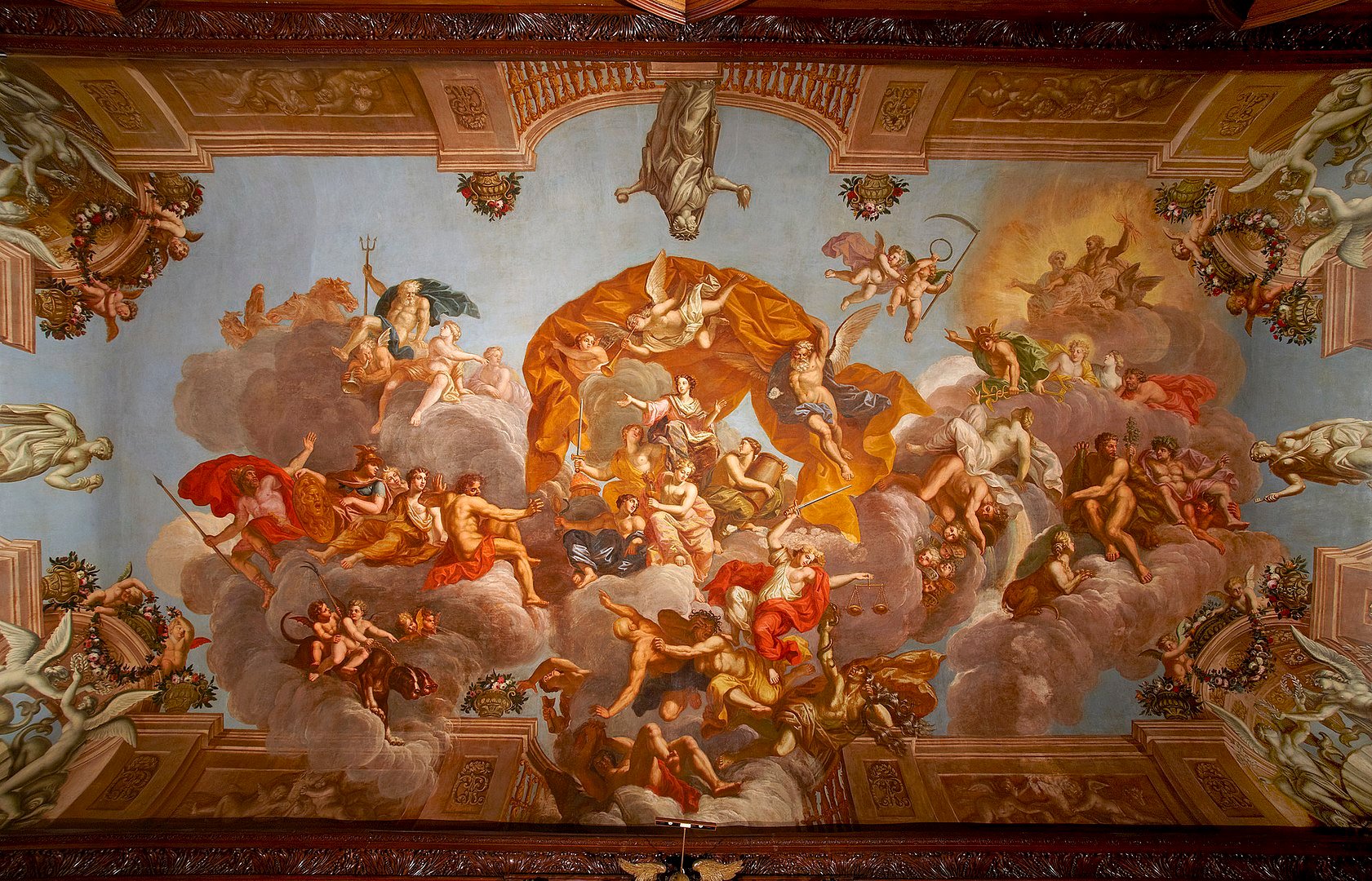
14. She is remembered as a queen of quiet strength and lasting influence.
Although Catherine never dominated the historical stage in the way some queens have, her story is one of quiet strength, duty, and perseverance. She navigated the difficulties of being a foreign queen in a land suspicious of her faith, faced personal disappointment in not having children, and yet left a cultural imprint that continues to this day. Her life reminds us that influence does not always require loud or dramatic gestures. Sometimes, it can even be as simple as sitting down with a cup of tea.
Queen Catherine: Grace Under Pressure
Queen Catherine of Braganza may not have been a queen whose name springs first to mind when we think of royal power or dynastic dominance, but her tale is compelling for precisely that reason: her strength lay in perseverance, grace under pressure, and the subtle reshaping of culture. The next time you sit down for a cup of tea, consider that this simple ritual is thanks to the Portuguese-born queen who helped make it a British institution.

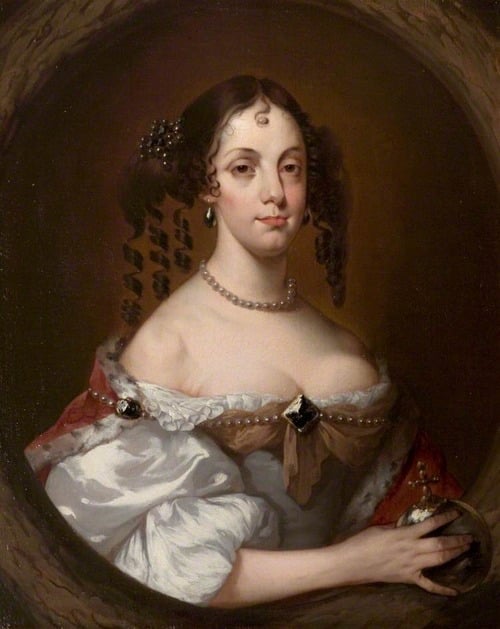

Another great article, Becky! And probably a very unknown history of how tea drinking became the predominant cultural image of the English…as well as the global trade, etc impacts of the dowry from Portugal to the UK !
Hi Ken,
Thank you very much. I’m glad you enjoyed it.
I’m curious. Did the city of Braga get its name from Catherine of Braganza?
Hi Judy, that is an interesting question. Actually, it is believed that the name Braga comes the name Bracara Augusta, the first name that Braga was given when it was founded by the Romans in 16 BC!